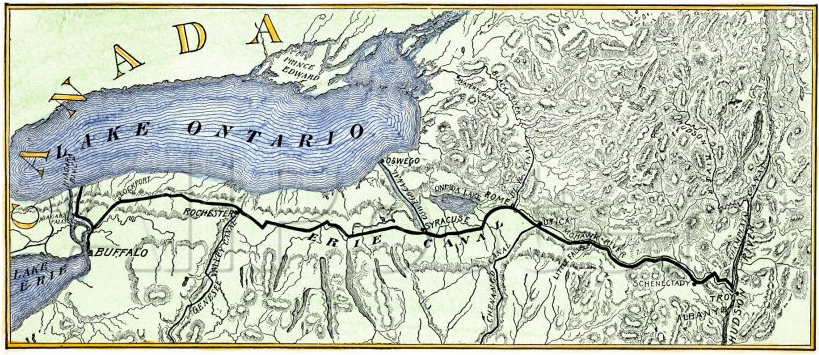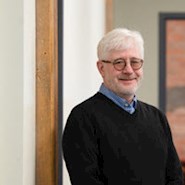
This week in civil engineering history: A milestone in developing the Erie Canal occurs when the state legislature passes legislation to enable the waterway, March 30, 1792.
The province of New York was established in 1664. From the outset, New York, like other British colonies in the new world, looked to the west, but was hindered by the Appalachian Mountains that separated the coast from the wilderness beyond. In 1724, physician and natural scientist Cadwallader Colden, who was later a lieutenant governor and acting governor for the province of New York, proposed a canal to connect Lake Erie and the Hudson River. The canal would provide a direct waterway link from the Atlantic Ocean to the Great Lakes.
In the years following American independence, canals became the thoroughfares of the Industrial Revolution and initiatives were reinvigorated for a grand canal scheme across upstate New York. After a decade of studies, proposals, and defeated bills, the New York State Legislature passed “an act for establishing and opening lock navigation within the state” on March 30, 1792. That act set in motion a quarter century of politicking and planning that led to the 1817 groundbreaking for constructing the Erie Canal.
The Erie Canal was the first canal project undertaken as a public good to be financed at public risk through issuing bonds. After it was completed in 1825, New York City became the principal gateway to the west and the financial center of the nation, fulfilling the prediction by upstate New York flour merchant Jesse Hawley who foretold that a canal linking Lake Erie to the Hudson would be such a boon to the city of New York that “in a century its island would be covered with the buildings and population of its city.”
Reuben Hull, P.E., PMP, M.ASCE, is civil regional manager for LaBella Associates in Albany, New York, and a self-made historian who has penned numerous articles on civil engineering history. An active ASCE member, Hull is a corresponding member and former chair of the History and Heritage Committee, serves as vice president of the Mohawk-Hudson Section, served as president of the New Hampshire Section, 1999-2000, and was named New Hampshire Young Engineer of the Year in 1997.
Follow his daily Civil Engineering Almanac series on Twitter: @ThisDayInCEHist.



